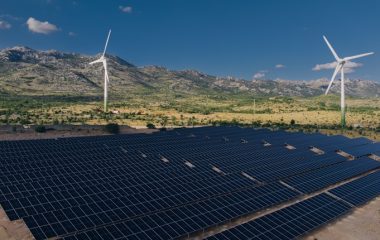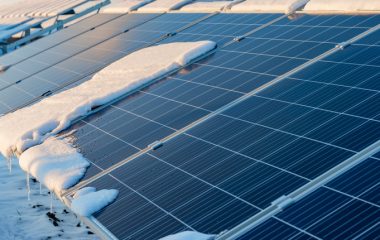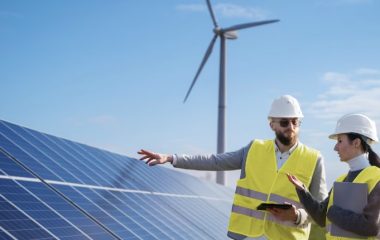
Photo: Eurelectric
The peak of the energy crisis may be over, but the challenges to Europe’s decarbonization and security of supply are not. Higher investments and upgraded infrastructure are urgently needed to triple electrification rates by 2050. With six and a half years until 2030, Europe must attract unprecedented investments for grid expansion, according to Eurelectric’s Power Barometer 2023.
Eurelectric said that 2022 marked a significant turn for the energy sector in the European Union. When Russia invaded Ukraine, there was an incredible spike in the price of natural gas with immediate effects on electricity prices as gas became the price setter.
Consumers bore the brunt of the inflation
The medium household energy bill increased by 14.5% from 2021 to 2022, while the price of new retail contracts in Europe’s capital cities increased by 76%.
The governments shelled out EUR 646 billion to both households and firms, according to the report.
But governments could not stop all the damage. Energy-intensive industries like aluminum, zinc, and silicon manufacturing were taken offline at a rate of 35% to 45% as energy was prohibitively expensive, making operations uncompetitive.
Eurelectric, however, stressed that not everyone suffered from the energy crisis.
Oil, and gas companies reaped huge profits
Oil and gas companies reaped record profits, up by 268% year on year, as gas was being sold well above the price of extraction and refining. Utilities too saw an increase, of 25%, but were harmed by high margin calls on existing contracts and political interventions in the markets.
“There is a blatant disconnect between the true winners of the energy crisis, oil and gas companies, and the regulatory focus,” Eurelectric’s Secretary General Kristian Ruby commented.
But, according to the association, political interventions have hindered markets. The wind industry was especially affected by uncertainty: final investment decisions decreased by 59% in 2022.
Gas prices fall, electricity prices follow

Following the unprecedented price spikes and policy interventions in 2022, gas consumption dropped by 19% and millions of consumers shifted to electric heating systems.
Electricity prices followed market fundamentals. Although still higher than in 2019, prices have been falling since autumn 2022, the barometer reads.
Wholesale electricity prices have stabilized, going from an average of EUR 227 per MWh in 2022 to EUR 100 per MWh this year.
Retail prices have followed suit by dropping by 34% after the October 2022 peak. However, the average year-to-date price is still 58% higher than in 2021.
New grids for the changed landscape

Eurelectric recalled that today there is a different energy landscape. Renewable generation scatters the countryside with a megawatt or so here and another few over there. Furthermore, people have solar panels on their houses, shopping centers have them on their roofs. People also now drive electric cars that not only consume energy but can store it, and send it back to the grid, while heating is increasingly electrified.
Consumers also have smart meters that enable them to adjust their electricity usage when demand is lower and prices are more favorable.
Most of this capacity will connect directly to the distribution grids, but their capacity to integrate new renewables and decentral assets is limited.
To deliver the power system of the future – a so-called decentralized model – Europe’s transmission and distribution grids must be reinforced and digitalized to suck out all the capacity available today, the barometer’s authors advised.

Grids are the new permitting, according to Eurelectric. So, overcoming the bottleneck in their expansion and digitalization is priority number one to reach the EU’s decarbonization targets.
From 2021 to 2022, there was an 8% increase in investment. However, annual investments must rise by 84% until 2050. The needed ratio is the investment of EUR 0.67 in the grid for every EUR 1 invested in generation capacity. Today, the figure is closer to EUR 0.30.
“We need more lines, more digitalization, and more climate resilience to get our grids fit for net zero. This requires a change in the regulatory approach. Grid operators must be allowed to make anticipatory investments so we can start preparing for higher electrification,” Ruby stressed.


















Be the first one to comment on this article.